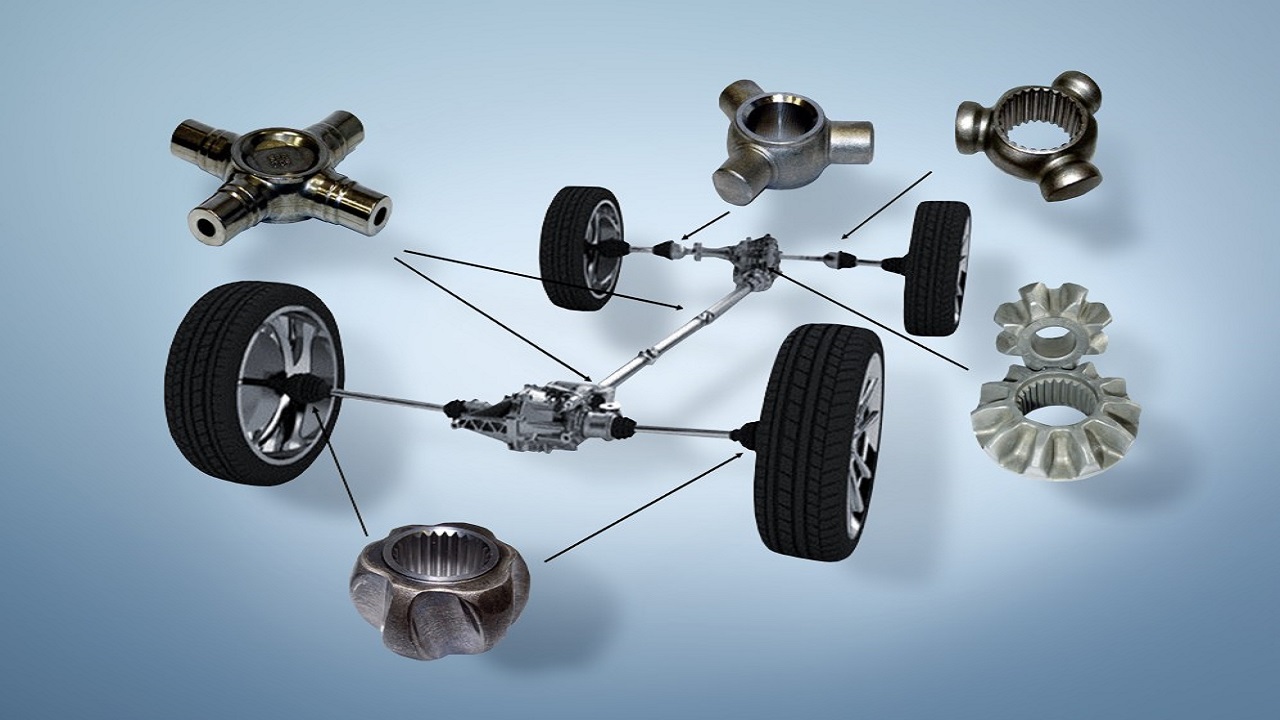As the world transitions towards a more sustainable and eco-friendly future, the automotive industry is at the forefront of this transformation. Electric vehicles (EVs) have gained significant popularity due to their lower environmental impact and reduced reliance on fossil fuels. However, the success of these next-generation vehicles hinges on the innovation and quality of their components. Among the critical factors contributing to the rise of electric vehicles is the utilization of forged parts. If you want to learn more about the world of forged components used in electric vehicles, follow the link provided.
The Forging Advantage
Forging is not a new technique; it has been used for centuries to shape metals into various forms. What makes forging increasingly relevant in the context of the electric vehicle revolution is its unique set of advantages that directly address the evolving needs of the automotive industry.
Strength and Durability
Forging involves the controlled application of force to shape metal, resulting in a component with superior strength and durability. In the context of electric vehicles, where efficiency and long-lasting performance are paramount, forged parts offer a distinct advantage.
Reduced Weight
Forged components are known for their high strength-to-weight ratio. In EVs, where every ounce of weight can impact efficiency and range, lightweight yet robust forged parts are ideal for ensuring optimal performance.
Energy Efficiency
Electric vehicles rely on their components to maximize energy efficiency. Forged parts, thanks to their precise shaping and reduced material waste contribute to the overall efficiency of the vehicle, enhancing its range and battery life.
Forged Components in Electric Vehicles
The shift towards electric vehicles has spurred innovation in the automotive manufacturing sector. Forged components now play a crucial role in various aspects of electric vehicles:
Electric Drivetrain Components
The heart of an electric vehicle lies in its drivetrain, which includes components such as the motor shafts, gears, and other transmission parts. Forged drivetrain components are not only robust but also contribute to the seamless and efficient operation of the electric motor.
Battery Housing and Components
The battery pack is the most critical element of an electric vehicle, and safety and durability are paramount. Forged components are used in battery housings, brackets, and connectors, ensuring the structural integrity and safety of the battery pack.
Chassis and Structural Elements
Forged components find their place in the chassis and structural elements of electric vehicles. These include components like suspension components, control arms, and steering linkages. The strength and precision of forged parts enhance the handling and safety of EVs.
Regenerative Braking Systems
Regenerative braking is a key feature in electric vehicles that helps recover energy during braking. Forged components, such as caliper brackets and rotor hats, ensure the reliability and efficiency of this system.
Conclusion
The rise of electric vehicles represents a significant shift in the automotive industry, driven by a global commitment to reducing carbon emissions and adopting sustainable transportation solutions. Forging plays a pivotal role in this transformation by providing components that are not only strong and durable but also energy-efficient and cost-effective.
As electric vehicles become more accessible and widespread, the importance of forging technology will continue to grow. Forged EV (Electric Vehicle) parts are helping shape a greener and more sustainable future.
